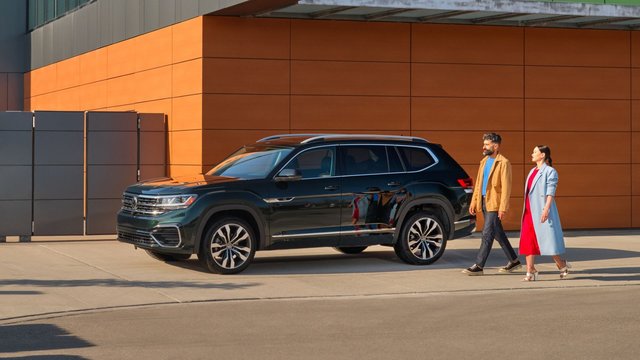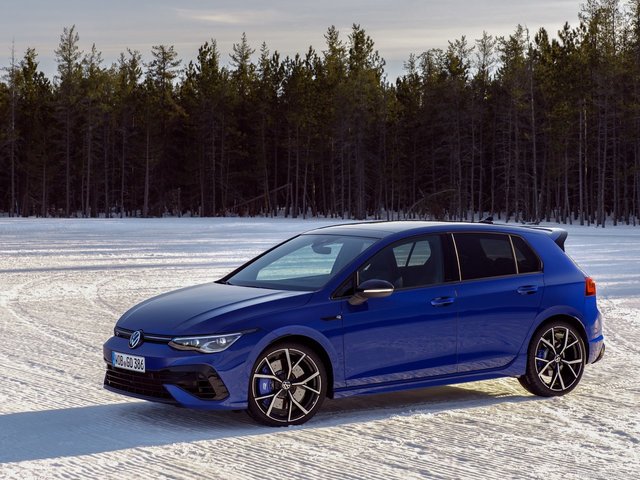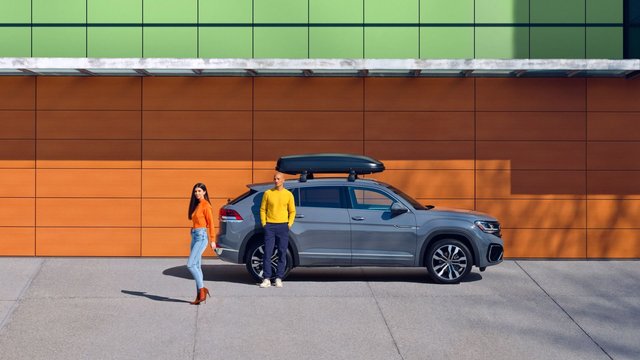October 31 2022
2022 Volkswagen Atlas
The seven-seat Volkswagen Atlas was refreshed for 2021 with enhanced styling and features, but it does not change what owners rave about most—cabin space and power. The Atlas has an advanced drivetrain with 4MOTION All-Wheel Drive, which helps you in challenging road conditions. Here, we highlight a few other reasons why the Atlas is an excellent SUV. The Comfortline and Highline receive the...






